
Northern Section
Northern Section
AURICULAS
Auriculas originated from a natural cross between Primula auricula and Primula hirsuta where they grow together in the Alps. The resulting hybrid, Primula pubescens, has been bred for over 400 years to produce the types and quality that we recognise today.
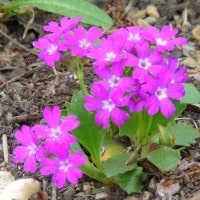
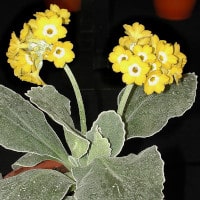
In the main, Auriculas are hardy and grow quite happliy in the garden. However to achieve the best plants for exhibition, protection from the worst of the winter rain is preferred. An unheated greenhouse, cold frame or other protection is sufficient.
We are frequently asked how to grow our plants, the guides below may help.
The Plants We Show
Edged Show Auriculas are considered the most difficult to grow and prepare for the show bench as the pips (individual flowers) can take weeks to open and are very variable.
The flowers comprise 4 distict circular zones. A central tube of yellow or gold; a circle of farina, created by tiny hairs, so densly packed they form a 'white paste'; the body colour, the most prized being black, although other colours are being bred. This colour must be confined without flashing the the outer edge; and finally 'the edge', this can be green (no farina covering), grey or white depending on the density of farina.
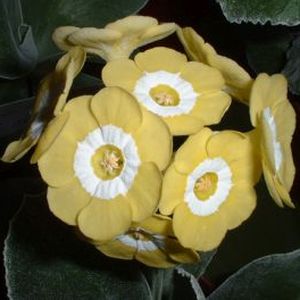
Self Show Auriculas have similar tube and paste areas to the edged plants, however the outer half of the pip is of a single colour. The main colours recognised by classes at the Shows are yellow, red, blue and dark, but there are many shades ranging from cream through to dark brown and purple.
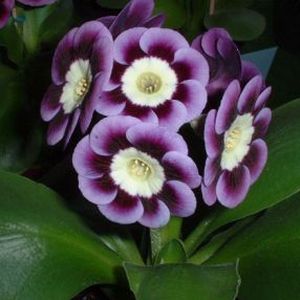
Alpine Auriculas can be distinguished from Show Auriculas by the lack of paste in the eye, indeed they should not have any farina on the plant at all. The tube and eye combine to make a Gold Centre or a Light Centre, the two types of Alpine Auricula. Outside the eye the colourful pips come in shades of red and brown for the Gold Centres and pink through to blue for the Light Centred. These colours in turn shade from dark near the eye to lighter hues at the edge.
Alpine Auriculas are considered easier to grow than Show Auriculas and adapt much better to garden cultivation.
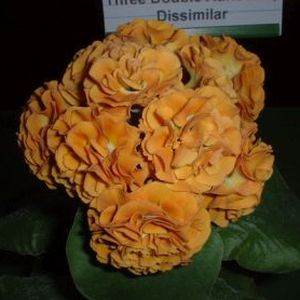
Double Auriculas were very popular in the 18th century, but fell out of fashion and were almost lost to cultivation. They have been revived and raised to Florist's standards in recent years in a wide range of colours including striped. The degree of doubling can vary from those with neat camellia like flowers through to full doubles with many petals. The main criteria are that the petals are rounded with no notches and that they fully obscure the central pin.
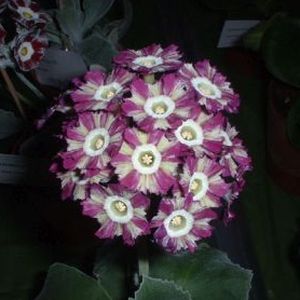
Striped Auriculas are another recently revived variety and becoming very popular. The stripes should be from the outer edge of the eye to the outer rim and are usually formed from alternating rays of petal and virescent material.The virescent stripes are often grey or white due to the presence of farina which inhibits their growth. The alternating petal material grows faster and is why the Stripes can show a ragged rather than circular edge.
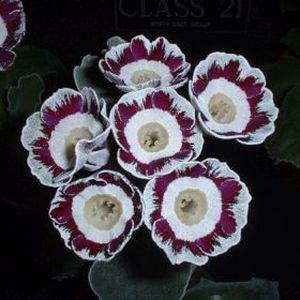
Fancy Auriculas are the name for those Auriculas that do not fall within any of the above categories. They range from Show Auriculas with red, blue or other body colours that flash to the edge; to shaded Selfs and unshaded and picotee Alpines. Many are chance seedlings but this provides a good seed bed for new classes and types of Auriculas to emerge from.
-min.jpg)
Border Auriculas are shown for effect rather than to Standards and are also judged on how they are suited to the garden border. They should be capable of growing into clumps and overwintering without deteriorating in a partially shaded position with moderate water. There is often strong competition in the border classes and some varieties are many years old. They come in a range of mostly pastel colours and should preferably be scented.
